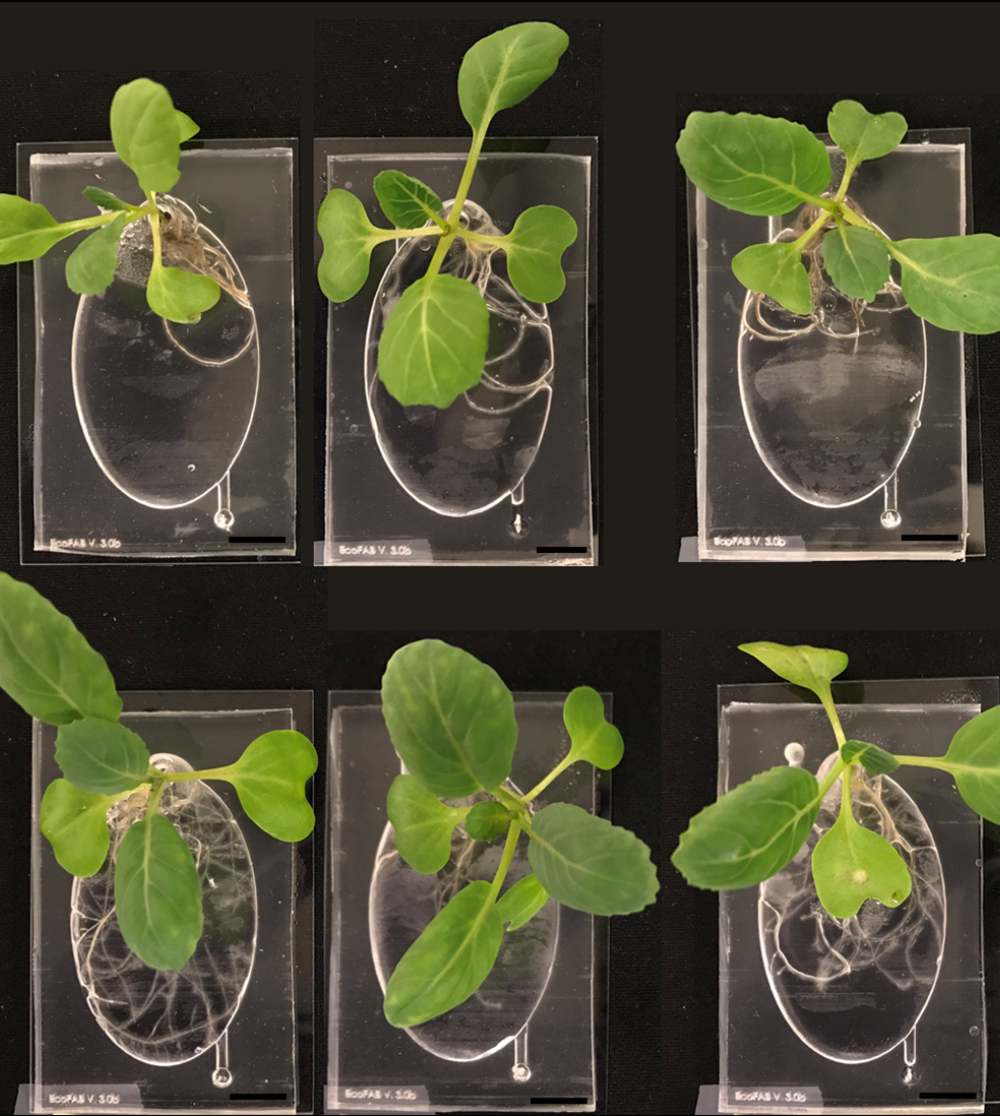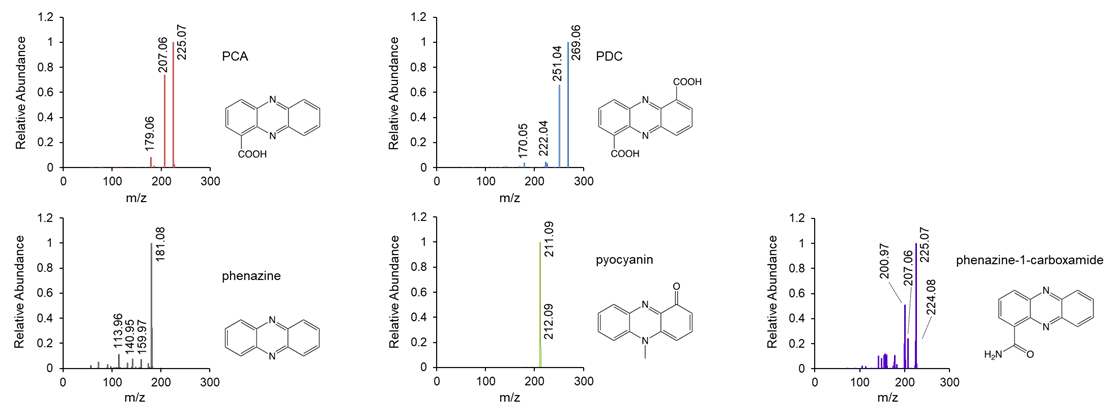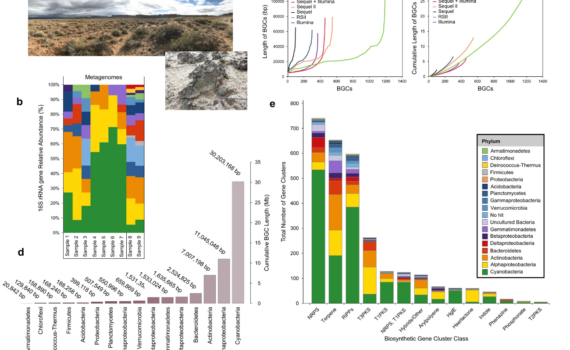The rhizosphere is a dynamic ecosystem that is difficult to study due to the volume and types of interactions that occur. Trent Northen is an author on the review paper “Specialized Plant Growth Chamber Designs to Study Complex Rhizosphere Interactions” that takes a look at different types of chambers and […]
Publications
Northen Lab researchers Tami Swenson, Marc Van Goethem, and Trent Northen are authors on the paper “Learning representations of microbe-metabolite interactions” [1]. This research focuses on the integration of multiomics datasets and methods of finding relationships between microbial genes and metabolomes. A Matters Arising article by Quinn and Erb responded […]
Northen Lab researchers Nicole Ing, Kai Deng, and Trent Northen are authors on a paper examining glycoside hydrolases, or GHs. GHs are capable of hydrolyzing (or breaking down) polysaccharides, which make them an important compound for bioenergy production. A subfamily of GHs, GH5_4, can hydrolyze cellulose, xyloglucan, and mixed-linkage glucans […]
JGI Metabolomics researchers Andrea Kuftin, Katherine Louie, and Trent Northen contributed to the paper “Development of platforms for functional characterization and production of phenazines using a multi-chassis approach via CRAGE,” which utilized metabolomics to analyze PCA (phenazine-1-carboxylic acid) and PDC (phenazine-1,6-dicarboxylic acid) from bacterial cultures. As previously highlighted, CRAGE (or […]
Northen Lab researchers Marc Goethem, Andrew Osborn, Ben Bowen, Tami Swenson, and Trent Northen are authors on the recently published paper “Long-read metagenomics of soil communities reveals phylum-specific secondary metabolite dynamics.” Key to this paper are biosynthetic gene clusters, or BGCs, which are groups of genes that encode a metabolic […]
Ying Wang and Trent Northen wrote a Genome Watch article published in a recent issue of Nature Reviews Microbiology. The article explores how cognitive performance can be enhanced by metabolites and microorganisms and focuses on research from across a wide range of host organisms. One of the examples is a […]






